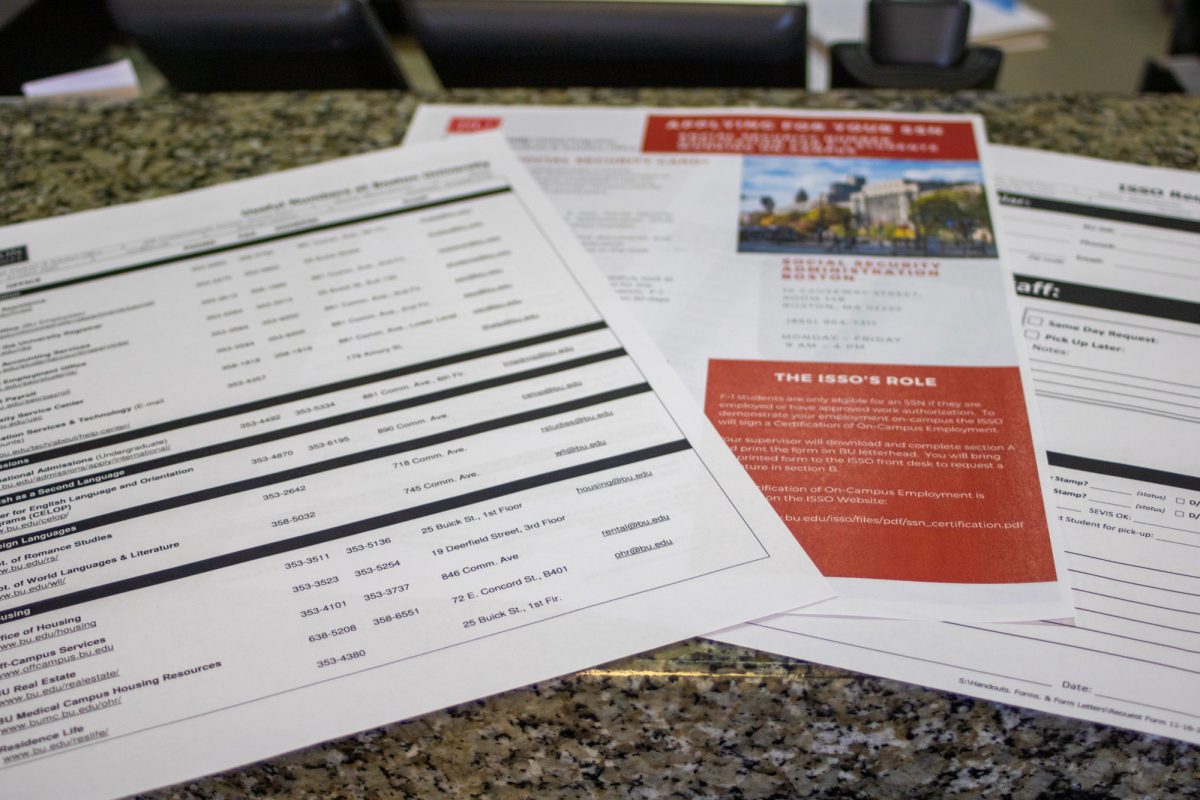The Massachusetts Division of Ecological Restoration named eight new wetland and river restoration Priority Projects Wednesday.

The new projects will restore wetlands and rivers to increase ecological resistance across the Commonwealth, benefit the economy and create new outdoor spaces for locals, according to a DER press release.
New sites include the Upper Coonamessett River in Falmouth, Windswept Cranberry Bog in Nantucket and the Rocky Hill Greenway in Northampton, as well as bogs and wetlands in Carver, Plymouth and Worcester, according to the press release.
The sites will receive technical services from the DER such as data collection, permitting and fundraising assistance.
The release stated the Priority Project program currently has more than 56 active restoration sites.
Every fews years, the DER takes applications from private landowners and local governments for new — and feasible — restoration sites that will contribute significant ecological benefits to the Commonwealth and that landowners are committed to working on, DER Director Beth Lambert said.
This year, they sought cranberry bogs, streamflow restoration and urban river revitalization projects, she added.
“All of our restoration projects, whether they are dam removal, culvert replacement, cranberry bog restoration, salt marsh restoration,” Lambert said, “whatever they may be, we select projects that bring strong climate resiliency benefits both to people and to nature.”
In the short term, new restoration projects create manufacturing and construction jobs to boost the local economy, Lambert added. Other short-term benefits include the immediate absorption of floodwaters, the removal of aging infrastructure or the restoration of floodplains.
“Long term, of course, these projects will continue to improve water quality, sequester carbon [and] provide habitat for rare and unique fish and wildlife species,” Lambert said.
Robert Kearns, an executive committee member of the Massachusetts chapter of the Sierra Club, said the land of retired, abandoned cranberry bogs can be restored in two ways: either removal of the sand farmers use to grow their fruit or creation of small pores and ridges in the soil’s surface that connect to groundwater reservoirs.
“If you just leave them be, they actually turn into upland forests because of all the layers of sand,” Kearns said.
The restored land can help soak up excess water from storms, pull and store carbon from the atmosphere and offer land for new trails and public access spots, Kearns added.
“Many of these projects will result in new open space for people, for communities,” Lambert said. “Particularly during COVID-19, people and communities have realized how important open space is both to physical health, but also to mental health as well.”
Restoration projects usually last three to five years or longer due to land data collection, feasibility studies and permitting steps that are required before construction begins, Lambert said.
She added the DER partners with local municipalities, state and federal agencies and nonprofit restoration organizations to complete these projects.
“It really takes a team,” Lambert said. “We conduct the symphony of all the different partners like a different instrument in the band or the symphony. We’re trying to conduct them and keep everybody moving together on the same tune.”






















































































































